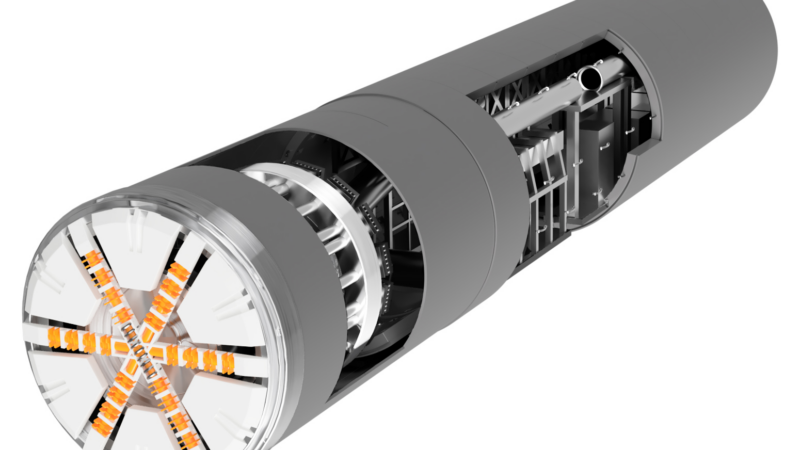New publication by TU Berlin climatologists details previously unknown connection
Climatologists at TU Berlin discovered a previously unknown connection between glacier variability and temperate zones. In their new publication, Dr. Thomas Mölg, Fabien Maussion and Prof. Dr. Dieter Scherer show that westerlies in Europe play a part in influencing the Asian glaciers on the Tibetan Plateau. Their findings have just been published in „Nature Climate Change“.
Glaciers in High Asia store large amounts of water and are affected by climate change. Efforts to determine decadal-scale glacier change are there-fore increasing, predicated on the concept that glaciers outside the northwest of the mountain system are controlled by the tropical monsoon. Here we show that the mass balance of Zhadang Glacier on the southern Tibetan Plateau, 2001-2011, was driven by mid-latitude climate as well, on the basis of high-altitude measurements and combined atmospheric-glacier modelling. Results reveal that precipitation conditions in May-June largely determine the annual mass-balance, but they are shaped by both the intensity of Indian summer monsoon onset and mid-latitude dynamics. In particular, large-scale westerly waves control the tropospheric flow strength over the Tibetan Plateau remotely. This strength alone explains 73% of interannual mass-balance variability of Zhadang Glacier, and affects May-June precipitation and summer air temperatures in many parts of High Asia“s zone of monsoon influence. Thus, mid-latitude climate should be considered as a possible driver of past and future glacier changes in this zone.
The article
Mölg T., Maussion F., Scherer D. (2013): Mid-latitude westerlies as a driver of glacier variability in monsoonal High Asia. Nature Climate Change, doi:10.1038/NCLIMATE2055. – published online 1st Dezember 2013
Publication in Nature Climate Change:
www.nature.com/nclimate
Additional publications by the chair of climatology about the climate in Tibet:
http://www.klima.tu-berlin.de/index.php?show=forschung_tibet&lan=de
For further information please contact: Prof. Dr. Dieter Scherer, TU Ber-lin, Institute of Ecology, Chair of Climatology, Rothenburgstr. 12, 12165 Berlin, Phone: +49 (0)30 314-71356, Fax: +49 (0)30 314-71357, email: dieter.scherer@tu-berlin.de
Dipl.-Ing. Fabien Maussion, TU Berlin, Institute of Ecology, Chair of Clima-tology, Rothenburgstr. 12, 12165 Berlin, Phone: +49 (0)30 314-71495, email: fabien.maussion@tu-berlin.de
Chair of Climatology Website:
www.klima.tu-berlin.de
Die TU Berlin versteht sich als international renommierte Universität in der deutschen Hauptstadt, im Zentrum Europas. Eine scharfe Profilbildung, herausragende Leistungen in Forschung und Lehre, die Qualifikation von sehr guten Absolventinnen und Absolventen und eine moderne Verwaltung stehen im Mittelpunkt ihres Agierens. Ihr Streben nach Wissensvermehrung und technologischem Fortschritt orientiert sich an den Prinzipien von Exzellenz und Qualität.
Kontakt
TU Berlin, Stabsstelle Presse, Öffentlichkeitsarbeit und Alumni
Stefanie Terp
Straße des 17. Juni 135
10623 Berlin
030/314-23922
pressestelle@tu-berlin.de
http://www.tu-berlin.de
Pressekontakt:
TU Berlin, Institute of Ecology
Dieter Scherer
Rothenburgstr. 12
10623 Berlin
030/314-71495
dieter.scherer@tu-berlin.de
http://www.pressestelle.tu-berlin.de/menue/service_fuer_journalisten/






